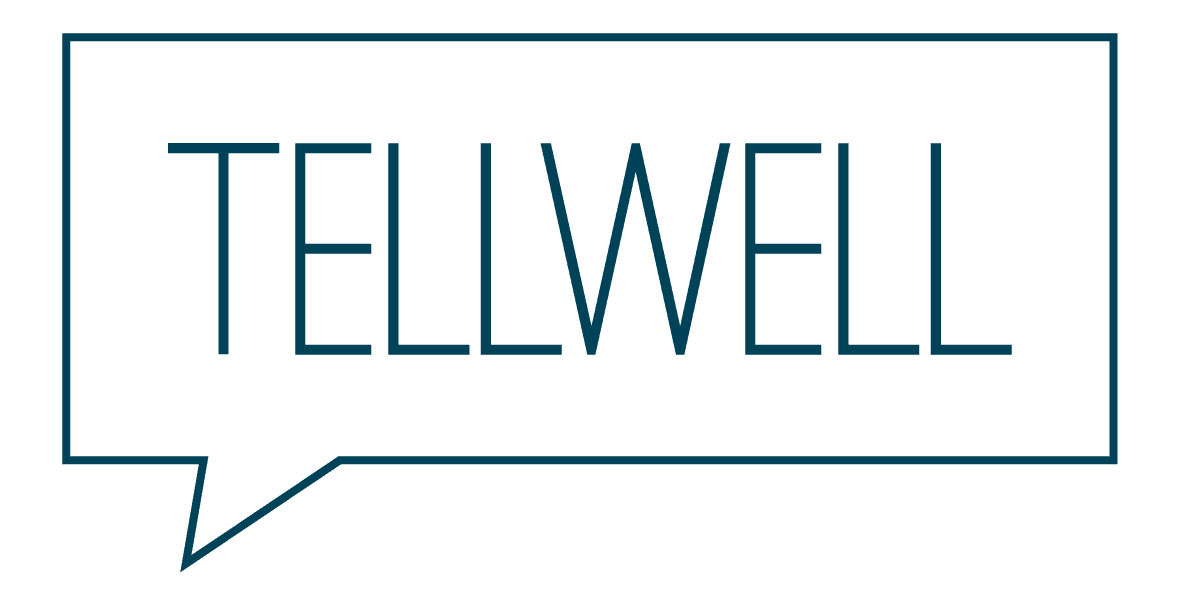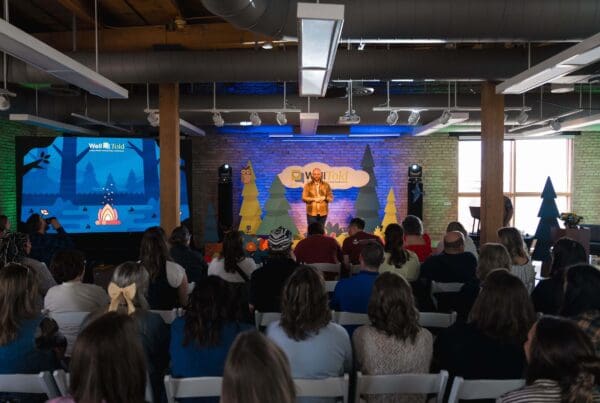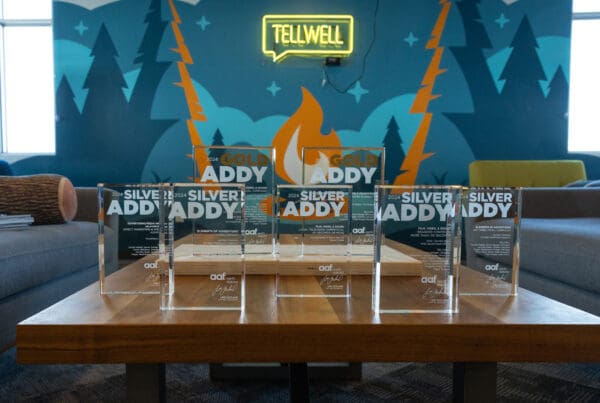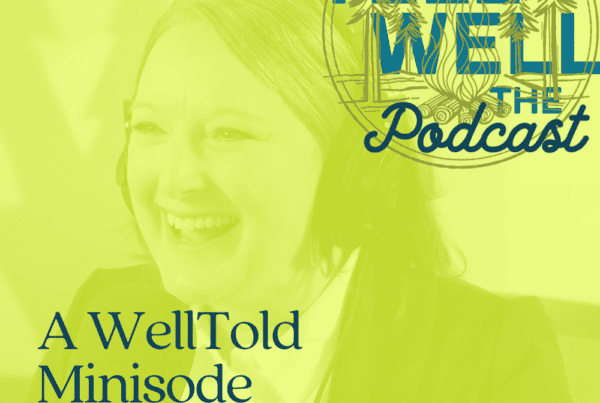Nonprofit storytelling, fundraising, and donor engagement work best when supporters feel their impact. Actually, here’s a better angle: when your updates are so clear and human that donors startasking how to help, the “ask” transforms into an invitation and generosity follows. It seems obvious, but we forget this in the sprint of campaigns and events. In this conversation with Patrick Kirby, we distill a practical communications rhythm that turns mission stories into action.
Meet Patrick, an in-the-trenches fundraiser
Patrick Kirby has spent two decades raising money and coaching nonprofits, and he still runs like a practitioner, not a drive-by consultant. He insists on weekly working sessions, real benchmarks, and on-the-fly adjustments, because nonprofit life moves fast and so should your plan. “We meet once or twice a week… honing benchmarks… adjusting on the fly,” he says. That cadence keeps momentum and morale high.
Here’s what I found interesting: Patrick describes himself as a “cheerleader” for teams who are burnt out from reports and events. You know what I mean? That steady encouragement is part strategy, part human care, and it shows up in results.
Strategy 1: Reframe the ask as an invitation
When story and relationship come first, the “ask” doesn’t feel like pressure. It feels like participation. Patrick puts it simply: “When you make an ask, it’s not even an ask. It becomes an invitation… people feel moved to give because they’ve seen you across the beginning, middle, and end.” That movement is triggered by feelings, clarity, and consistent updates and thank-yous.
“When you make an ask, it’s not even an ask. It becomes an invitation.”
How to do it this month:
Replace “Can you give?” with “Here’s how you can help and exactly what it will do.”
Front-load one sentence that names the problem and the donor’s role in solving it.
Close with a concise, confident call to action, because clarity is kind.
Human moment: I’ve been thinking about this since Patrick said it. The invitation frame doesn’t dodge the ask. It dignifies it.
Strategy 2: Celebrate wins so donors feel their impact
Look, supporters don’t just want a receipt. They want to feel the difference they made. Patrick’s advice: pause and celebrate, even when your task list is screaming. “Your donors want to celebrate wins. Your donors want to hear the impact.” That kind of recognition turns gratitude into fuel for the next gift.
“Your donors want to celebrate wins… let’s brag a little.”
How to do it this month:
Send one ultra-specific thank-you story per segment (major donors, monthly givers, volunteers) that ties a gift to a person or moment.
Host a 20-minute “impact huddle” on Zoom just to share good news, no asks.
Turn your next board packet into a mini “supporter spotlight.”
On a related note: In the Tellwell Funnel, this is Remind. It closes the circle so people feel “I’m glad we’re in this together.”
Strategy 3: Commit to weekly accountability (not quarterly autopsies)
Maybe I’m wrong, but most plans die in the gap between meetings. Patrick fixes that with a simple rule: meet weekly, set micro-benchmarks, adjust fast. It’s practitioner-level coaching, not slide-deck advice. That rhythm keeps campaigns aligned and board conversations about results, not excuses.
How to do it this month:
Pick a standing 30-minute slot: pipeline review, story assets due, next outreach.
Track three numbers only: new qualified meetings, story outputs published, follow-ups sent.
Add one “celebrate” item to every agenda. Small wins compound donor trust.
Maybe this is obvious: Weekly accountability is where communications strategy becomes major-gift results.
Strategy 4: Play the long game, consistency compels generosity
Patrick shares a story of a long-time sponsor whose giving crescendoed into a $60,000 paddle raise for a puppy auction and then an additional $50,000 gift. That moment happened because years of specific stories built trust and emotion. “It’s the power of getting your story right consistently over the course of years.” That’s how average donors become champions.
“When the moment happens, all the pieces come together.”
How to do it this month:
Map 12 months of quick-hit story beats (impact, gratitude, behind-the-scenes).
Repurpose those beats across channels once per week (blog → email → social).
Tag donor-facing moments as Engage or Remind so staff know the goal of each touch.
Strategy 5: Remove roadblocks in public (the “Therapy Time” mindset)
Here’s the thing: people leave conferences inspired but stuck. Patrick’s “Nonprofit Therapy Time” solves that by answering one “unsolvable” problem live, so momentum returns immediately. Adopt that mindset internally: surface blockers, solve one together, keep moving.
How to do it this month:
Start team meetings with “one blocker” and end with “one next step.”
Invite a trusted guide (staff, partner, board member) to offer an outside eye.
Share solved blockers with donors when appropriate. It signals competence and care.
Implementation: Your 30-day “Invite, Celebrate, Repeat” plan
Week 1 (Introduce/Educate): Draft three donor-centered micro-stories (100–150 words each) that show impact and name the supporter’s role. Publish one; queue two.
Week 2 (Engage): Turn one story into an invitation with a clear “here’s how to help + what it does.” Schedule 10 donor calls; send the rest via email.
Week 3 (Remind): Ship a gratitude-only update, no ask. Spotlight a win and a name (with permission).
Week 4 (Accountability): Review benchmarks; adjust your invite and remind cadence; remove one blocker. Repeat monthly.
Pro tip: Keep your tone human and clear, because clarity is kind and it drives action.
How this connects to Tellwell’s work
We’re a creative partner for mission-driven teams who want stories that move people to act. Our approach blends strategy, messaging, film, and design so you can Introduce, Educate, Engage, and Remind with confidence and see results in giving, board engagement, and community buy-in. Leaders bring us in for brand messaging, fundraising strategy, and storytelling films that capture real impact.
Human note: Actually, Patrick said something that made me rethink our day-to-day. If you treat every touchpoint like another brick in a long road, you stop chasing one big moment, and the big moments start chasing you.
CTA: Take the next, simplest step
Want a practical way to time your stories? Start with our Seasons of Story framework to plan Introduce, Educate, Engage, and Remind all year: https://wetellwell.com/seasons
Then, if you’re ready to align your team and build a plan around it, book a planning call: https://wetellwell.com/get-started/



